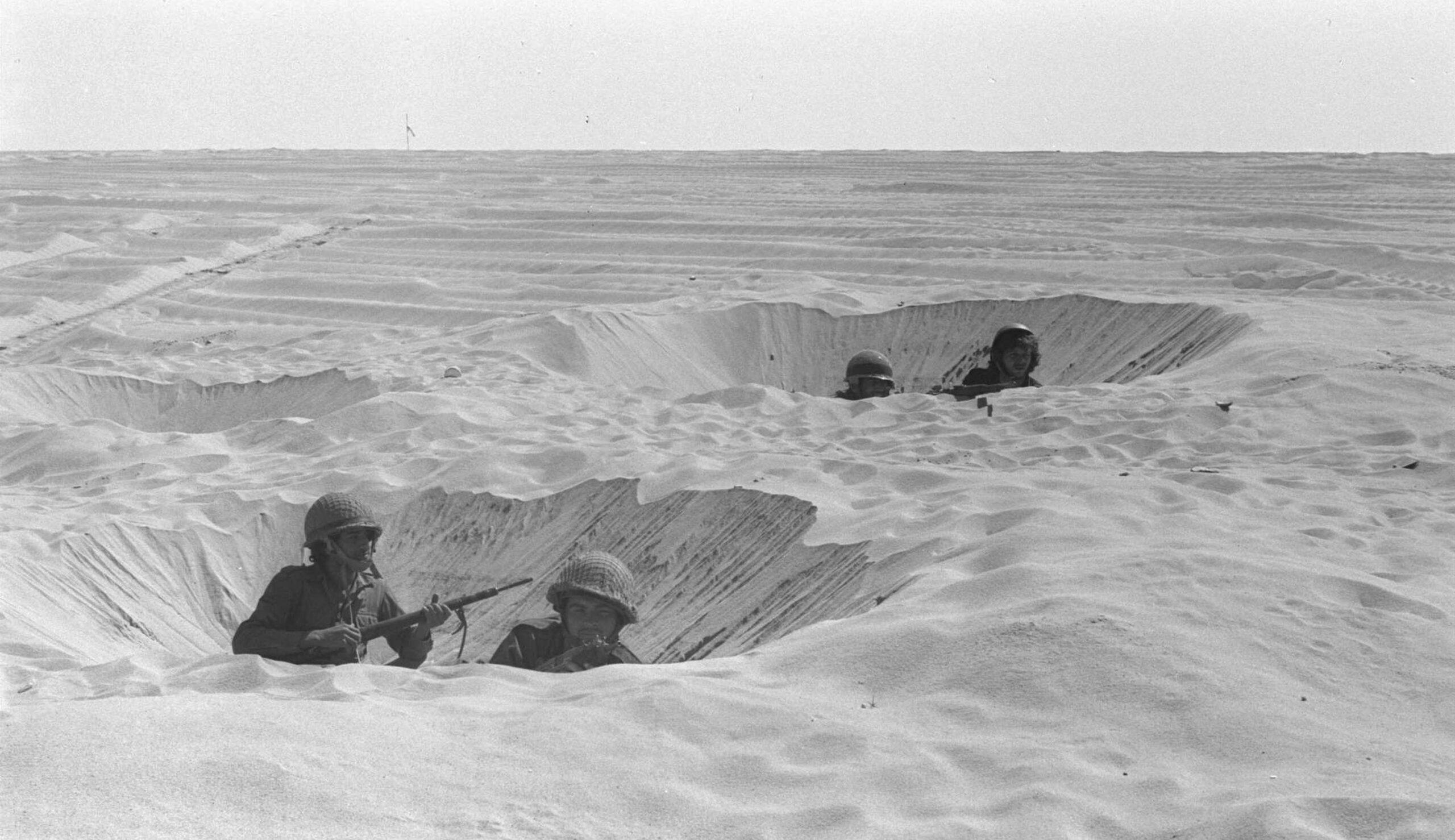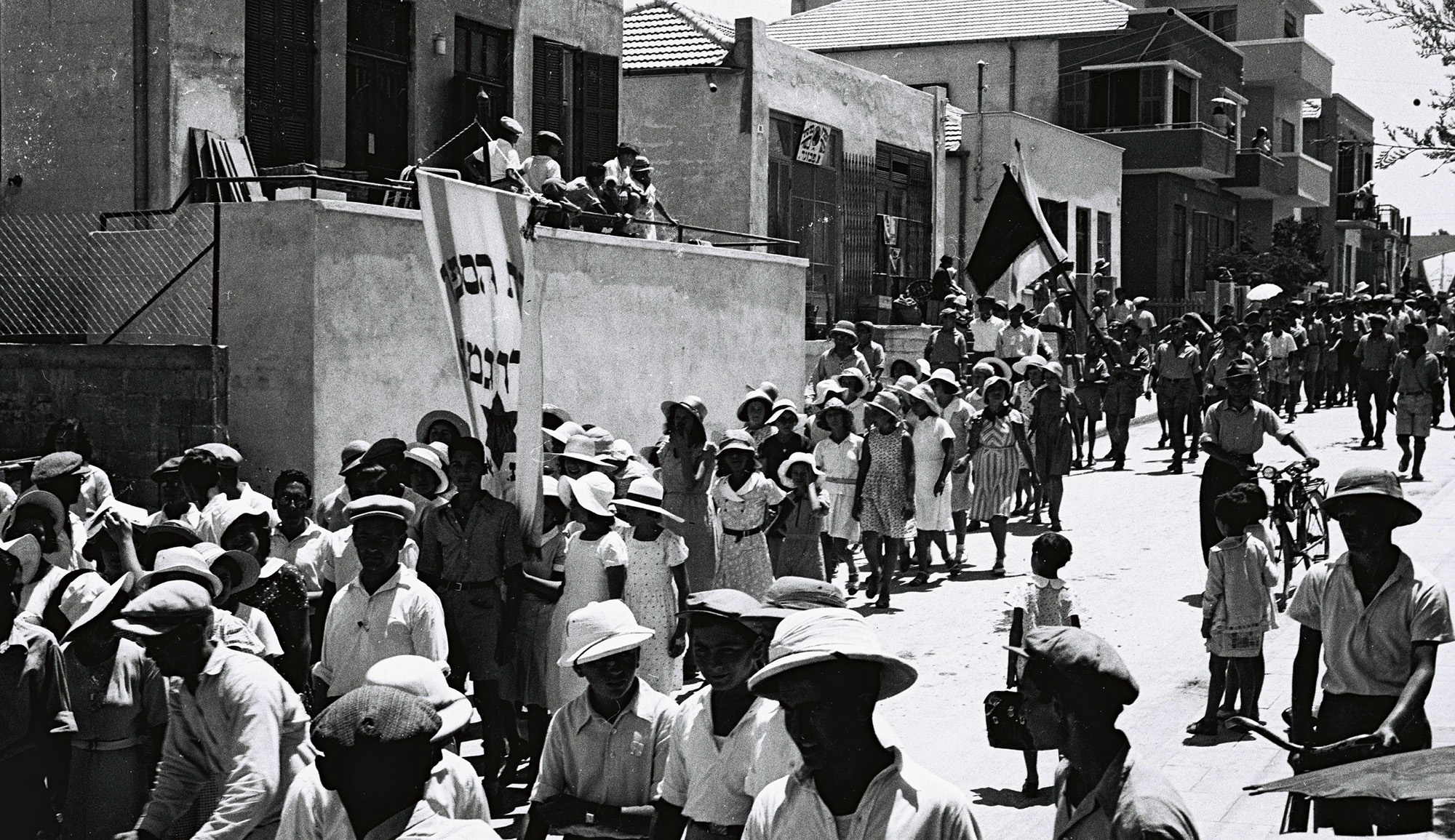Since Israel has no formal constitution, its Declaration of Independence occupies a special place as the nation’s foundational document. In its final form, the declaration was the product of extensive wrangling by various parties with different ideas about what sort of country the Jewish state should be. Jodi Rudoren describes the original version:
[The early drafts] were written in English by a little-known, Ukrainian-born lawyer, Mordechai Beham, who confided to his in-laws over lunch in Tel Aviv on April 24, 1948 that he had been enlisted to write the defining manifesto and had no idea where to begin. After several hours in the private library of an American rabbi who lived nearby, Beham, [then age] thirty-three, emerged with a document that began with Thomas Jefferson’s famous phrase “when in the course of human events.” He also cribbed from Deuteronomy, the English Bill of Rights, and the United Nations’ partition plan for Palestine.
Only a few of Jefferson’s words survived in the final version read out by David Ben-Gurion three weeks and a dozen drafts later. But Yoram Shachar, a law professor at the Interdisciplinary Center in Herzliya, argued . . . that the American influence was nonetheless profound, noting that God appears in both documents’ concluding paragraphs.
More about: Declaration of Independence, History & Ideas, Israeli Declaration of Independence, Israeli history, Thomas Jefferson


